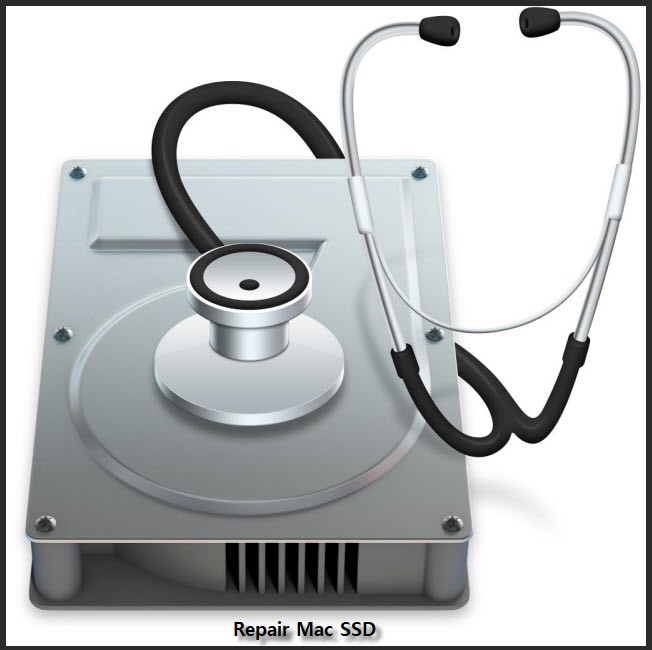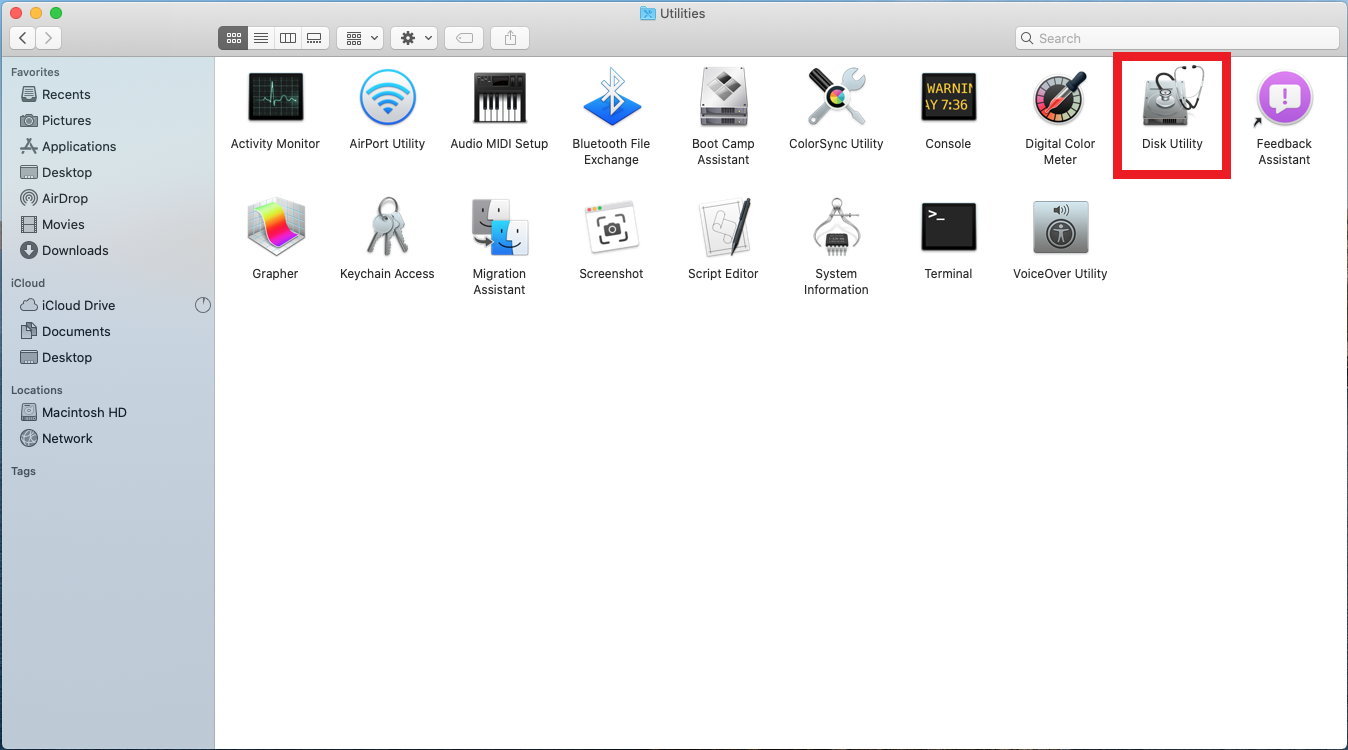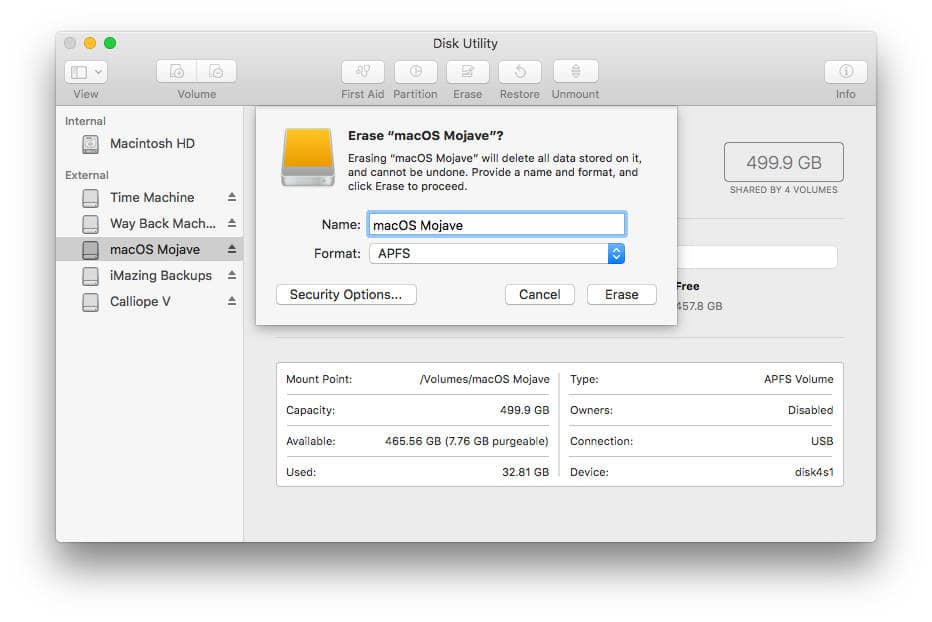

- Disk utility app for mac for mac#
- Disk utility app for mac pro#
- Disk utility app for mac software#
- Disk utility app for mac free#
SMART (Self-Monitoring Analysis and Reporting Technology) is a system built into hard drives by their manufacturers to report on various measurements (called attributes) of a hard drives operation. The spelling of the command changes depending on the OS version, making it difficult to understand, but what you are doing is simple. SMART Utility is an application to scan the internal hardware diagnostics system of hard drives. You can easily add or delete volumes in APFS containers. Restore the disk image loaded from the macOS installer into your working image file. For example, folders named “Homework” and “HOMEWORK” are two different folders. For example, folders named “Homework” and “HOMEWORK” are two different folders.ĪPFS (Case-sensitive, Encrypted): Uses the APFS format, is case-sensitive to file and folder names, and encrypts the volume. Choose this option if you don’t need an encrypted or case-sensitive format.ĪPFS (Encrypted): Uses the APFS format and encrypts the volume.ĪPFS (Case-sensitive): Uses the APFS format and is case-sensitive to file and folder names.
Disk utility app for mac free#
For example, it won’t work when you want to resize Boot Camp partition to arrange free disk space, or when you need to partition an external hard drive only to find the option is grayed out.
Disk utility app for mac for mac#
Each volume uses only part of the overall container, so the available space is the total size of the container, minus the size of all the volumes in the container.Ĭhoose one of the following APFS formats for Mac computers using macOS 10.13 or later.ĪPFS: Uses the APFS format. Although Disk Utility is the default disk manager app built into macOS, it has limited functions when it comes to advanced partitioning.
:max_bytes(150000):strip_icc()/005_use-disk-utility-to-clone-macs-drive-4042367-5bc4e77946e0fb002698ce0b.jpg)
It’s very fast and simple, definitely does the trick in helping you quickly locate gigantic folders that need to be culled. If desired, you can specify reserve and quota sizes for each volume. Go to the Apple menu > About This Mac > Storage tab Click the Manage button, and a neat disk space analyzer pops up (part of System Information.app) with different location/visualization options. When a single APFS container has multiple volumes, the container’s free space is shared and is automatically allocated to any of the individual volumes as needed.

macOS 10.13 or later supports APFS for both bootable and data volumes.ĪPFS allocates disk space within a container (partition) on demand. While APFS is optimized for the Flash/SSD storage used in recent Mac computers, it can also be used with older systems with traditional hard disk drives (HDD) and external, direct-attached storage. You can easily detect when a device is performing subpar and, and with the spinning disk, you can see is transfer speeds deteriorates over time.Apple File System (APFS), the default file system for Mac computers using macOS 10.13 or later, features strong encryption, space sharing, snapshots, fast directory sizing, and improved file system fundamentals. I have run Blackmagic on USB 2, thumb drives, USB 3, and USB C devices to see if I’m getting my money’s worth. The results are presented in a very clear and intuitive manner, showing not only size values, but also a bar-type chart for easy visualization, with files organized according.
Disk utility app for mac pro#
On an older MacBook Pro the rates I see are 500 MB/S both read and write, as you would expect. The app permits to visualize hard drive usage, check disk space on Macs, identify which items can be removed or transferred onto another drive and clear disk space on Mac. I have tried this on my older mackbooks with SSD and they do scale down as the device is older. On my 2016 MacBook Pro, I am seeing speeds like 1,000+ MB/s write, and 1100+ MB/S read. While Disk Utility and ASR provide the backbone for Mac deployment, either individually using an external drive/unicast network connection or a multicast stream, there are several tools to speed. Since the “volume” is on your Startup Disk, you will see how fast it drive is. In Blackmagic select the disk image mounted. Mount the volume (if it is not already mounted). Run a GUI before launching Disk Utility with the options to restore everything to default or run Disk Utility, so in the event that it breaks you can use the option to repair. Make it big enough for Blackmagic to work with (7+ GB) and name it what you will. Keep a backup of the Sierra diskmanagementd on the contents of the Disk Utility.app.

Create a disk image (.dmg) using the disk utility specifying file->new image->blank image. I found a workaround that will report the rates of the Startup Disk. When Blackmagic tries to read the Startup Disk, you get the message that the device is not writeable, hence you cannot rate the the transfer rates of the drive. When you create a partition in disk utility, you are shown an easy to understand pie chart of the hard disk’s space.
Disk utility app for mac software#
Blackmagic has been updated to adequately report the speed of SSD devices. Use Built-in Disk Utility on Mac This free partition manager is one of the best disk partition software for Mac 2022 and it is a built-in app on all Macs.


 0 kommentar(er)
0 kommentar(er)
